Not many tourists which visit the Philippines, come to the North to see ancient rice terraces in Banaue. Paddy fields in Banaue most likely done by hands carry over 2 000 years tradition of rice cultivating. I could’t skip this place while in the Philippines and I am going to tell you why it is worth to visit ancient rice terraces in Banaue as well as give some practical tips.

Bay-Yo Rice Terraces on the way from Sagada to Banaue.

Rice Terraces in Banaue
Why is it worth going to ancient rice terraces in Banaue?
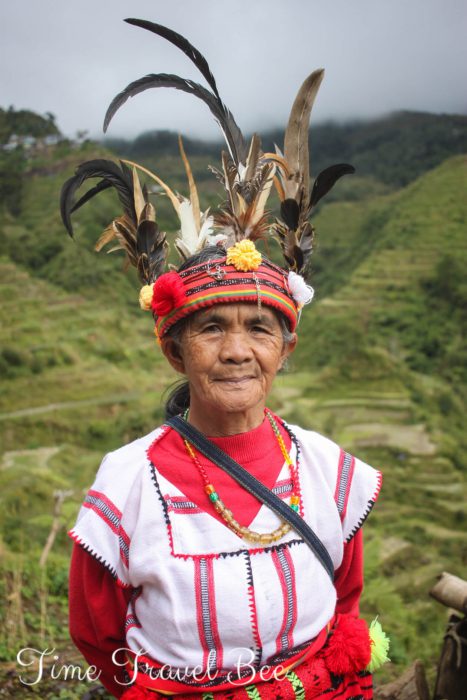 Rice terraces in Banaue are in the Northern part of the Philippines on Luzon, the biggest island in the country. It’s near Sagada, which is another touristic place famous for the hanging coffins tradtion. The Banaue Rice Terraces are a National Cultural Treasure and 8th Natural Wonder of the World according to many Filipinos. The rice terraces since 2009 are free from any genetically modified organisms. Farming in the area is carried out much the same way it was carried out hundreds of years ago.
Rice terraces in Banaue are in the Northern part of the Philippines on Luzon, the biggest island in the country. It’s near Sagada, which is another touristic place famous for the hanging coffins tradtion. The Banaue Rice Terraces are a National Cultural Treasure and 8th Natural Wonder of the World according to many Filipinos. The rice terraces since 2009 are free from any genetically modified organisms. Farming in the area is carried out much the same way it was carried out hundreds of years ago.
Lush greenery of the place looks stunning, and you can admire the views of the valleys. You will get a chance to hike in between the paddy fields or even reach the foot of them. Ancient rice terraces in Banaue are huge, and you don’t have to pay to visit them as they lay down along the main road. I was told that this region didn’t get Spanish influence during the colonial era. People of the North are different, more humble and simple than on the other islands.
The Banaue Rice Terraces are just the most notorious terraces in northern Luzon but there are other notable ones that are worth visiting: the Batad Rice Terraces, Mayoyao Rice Terraces in Mayoyao, Hapao Rice Terraces and Kiangan Rice Terraces.
From what you need to know before visiting the Philippines, is that you can actually come at any time of the year. Even the rainy season has its beauty. The terraces can be visited anytime of the year as well but the best time for a visit is between February and March. Moreover, when the cleaning and planting time occurs and between June and July when during the harvest.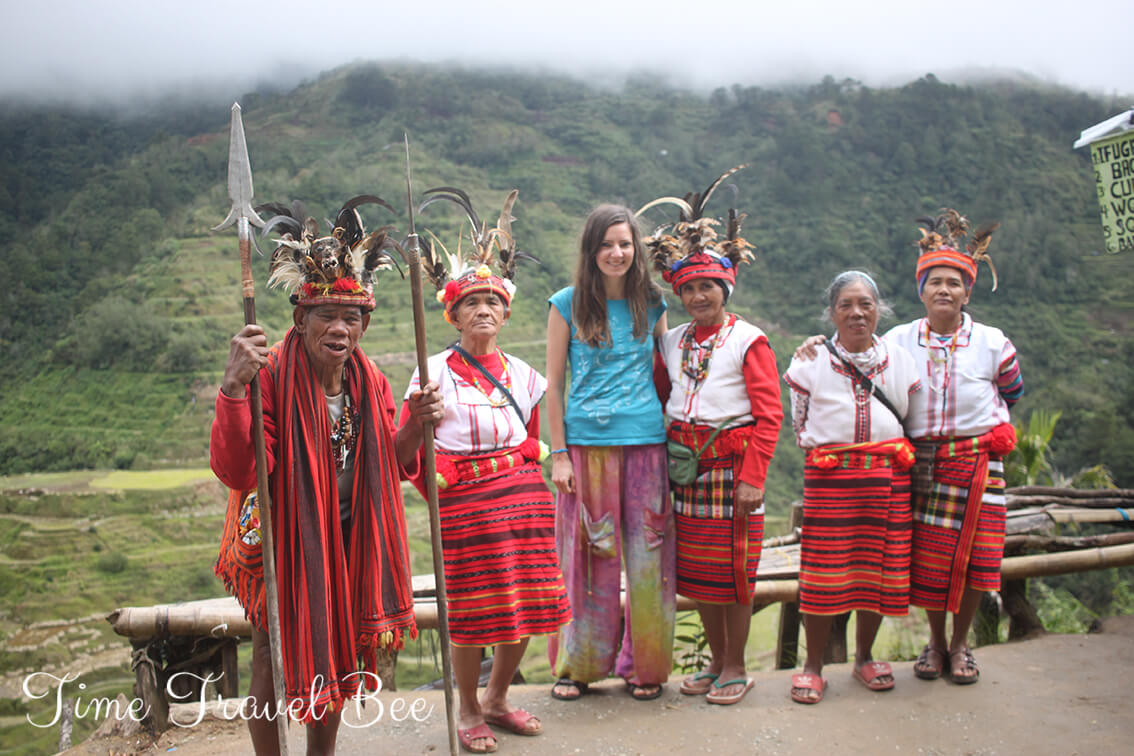
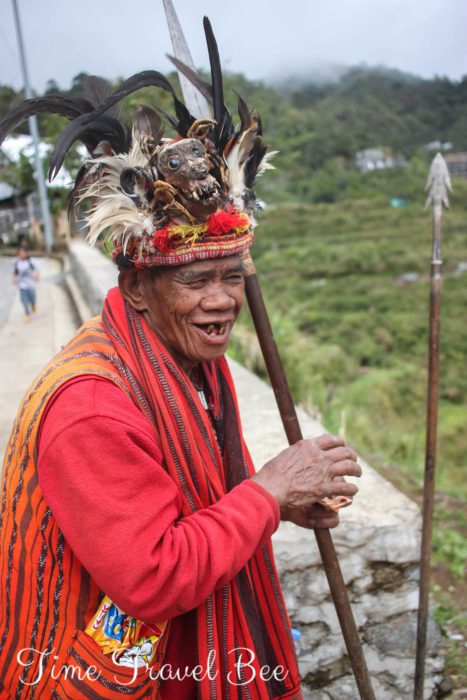

Native hut with a view over the rice terraces?
I found amazing accommodation which is all wooden and lays on the hill with a rice terraces view. Native Village Inn is a unique mountain lodge overlooking one of the Banaue’s World Heritage Rice Terraces with cool clean air at 1250 metres above sea level. The huts imitate the original houses of local people from this region. Staying there was simply amazing, and I think the photos speak for themselves. Not to mention delicious food which I could have on the view point table. The huts are just 9 km from ancient Banaue Rice Terraces and easy to access by trike or jeepney.
Check also: UNESCO Heritage Rice Terraces in Bali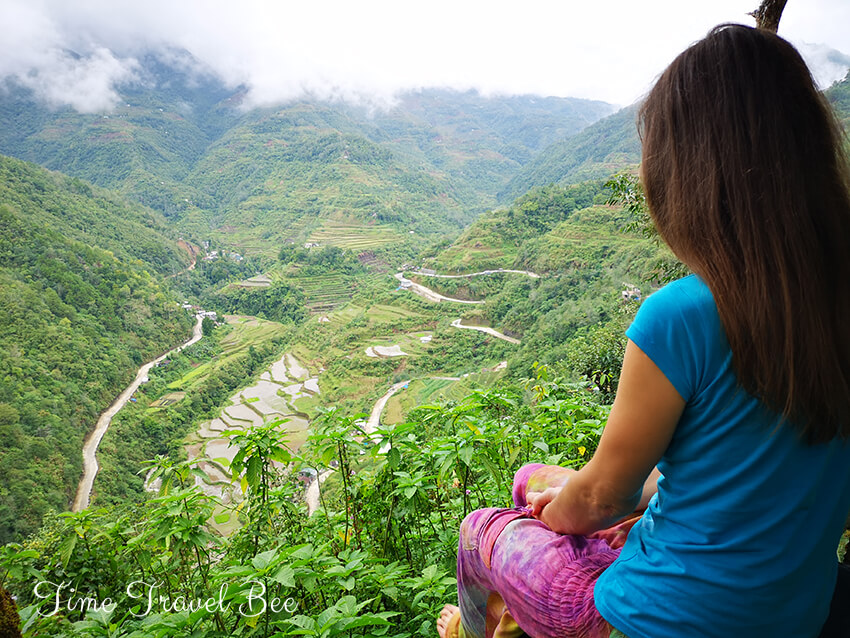
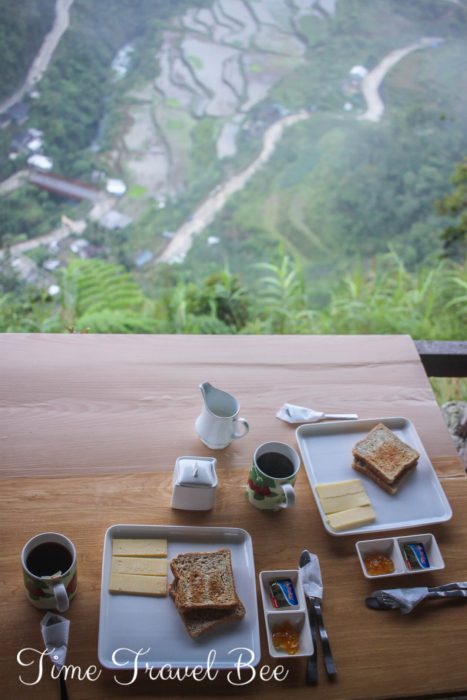
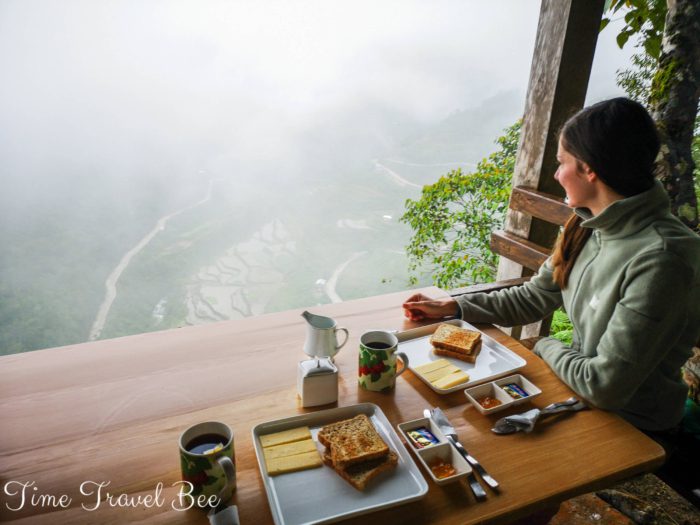
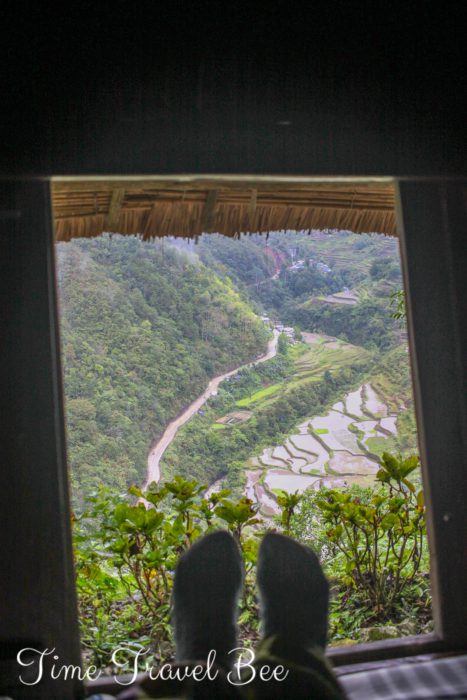

The Bee is a nature lover and tea addict. Loves the idea of slow life and responsible traveling, constantly trying to improve to bee more eco-friendly. Appreciates old cultures and traditions, loves to immerse with locals, listen to ethnic music as well as taste regional food and drinks. Her favorite spots while traveling are family houses and street markets.



What a unique experience this was. I’ll admit, I had to totally Google “Hanging Coffins Sagada” as I was reading this as well. Both of these places seem so interesting. I’ve never been to the Philippines but am visiting for the first time next spring. Hopefully I get to see the places you’ve mentioned here!
Wow there are rice terraces in the Philippines?! Ive seen them in China but never thought of them being in the Philippines. Looks beautiful;!
Oh yeah and they are ancient 😀
The hut-imitated lodging with a rice terraces view sounds spectacular. It looks like you were right at home. The view from the restaurant was amazing too. What a beautiful place to visit. I’m adding to my bucket list!
Wow, the Rice Terraces in Banuae absolutely amazing! Looking at the pictures, I see enough reasons to visit and would love to explore this place someday.
Jak się dostałaś do tego cudownego miejsca, planujemy rodzinny wyjazd z ładowaniem w Manili i zastanawiam się jak najłatwiej dostać się do tarasów?.
autostop i autobusy lokalne 🙂
I think that is super neat you got to meet the natives of Banaue! That’s the kind of experience I want in every new country.
I believe visiting Banaue is all worth it, but I’m not sure if I can do it coz it wasn’t my travel style. Those luscious green of rice and other plantation makes this place dreamy. And also the amazing people!
Wow! Those ancient rice terrace looks absolutely beautiful and your pictures speak for itself how splendid they are! Your experience looks absolutely amazing!
The view from above is absolutely breathtaking! I’ve seen similar views in India and Vietnam but haven’t been to Phillipines yet. When I go, I would definitely love to check this place out
I’ve been there, but not for many years. It’s nice to see that it still looks just as beautiful is it did when I was there!
Going here has long been my dream, but until now I didn’t get any chance yet, hopefully soon. Thank you so much for sharing this stunning ancient rice terraces in Banaue. Truly, this is a must visit place, especially for someone who is from the Philippines.
Your photos look amazing! Philippines seems like a simple yet beautiful place, I’d love to visit.